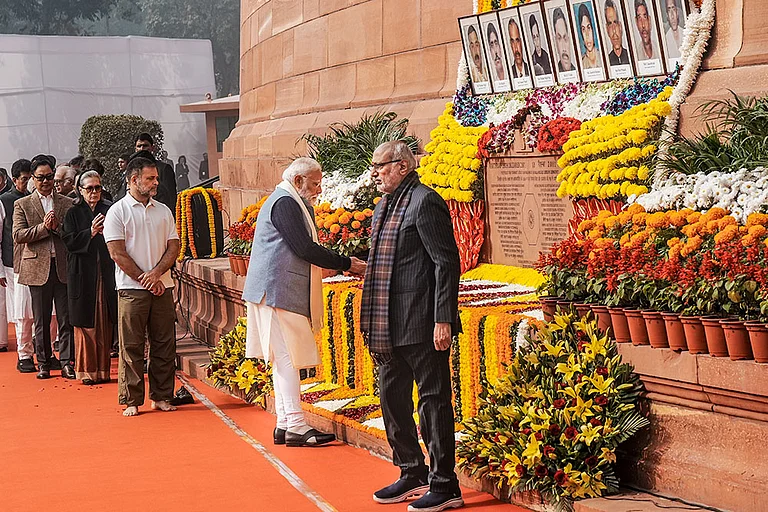In the age of social networks breaking the internet, this one is with a difference. LinkedIn is an online social, private and professional network rolled into one—the biggest connecting tool in today’s professional world. In the connection-driven corporate world, it is difficult to find a person who does not have a LinkedIn account or has not networked on it. Indeed, it’s a de facto platform to establish one’s identity in the ‘webbed’ corporate world.
LinkedIn’s popularity can be gauged from the fact that globally, it has a user base of over 450 million. It has grown 19 per cent annually, has more than 105 million unique visiting members a month and has seen a tremendous growth in its usage through mobile phones.
India boasts of a LinkedIn user base of over 37 million, its second largest after its home market in the US. With the mobile phone boom, a majority of LinkedIn’s Indian users access it on their phones.
Today, a person’s LinkedIn profile is accepted as an authentic corporate identity. Crucial to LinkedIn’s success has been, so to speak, its networking skills, joining as it does like-minded people. It has also become one of the world’s largest job boards, where many companies post news of vacancies and look for professionals by sifting through their profiles.
In LinkedIn, a person can create profiles before getting connected to others
online. After becoming a member, one can invite anyone as a connection, even those who are not users of the website.
Actually, LinkedIn is a networkers’ haven. Within one’s network, and through recommendations from contacts, one can find jobs and connect with people from different firms and sectors. One can also review profiles of companies and hirers, even get introduced to them by people from within their networks. They can also follow developments in the firms of their interest, as well as in the careers of people listed.
LinkedIn came to India in 2009 and quickly scaled up numbers. In 2012, the company set up its first R&D centre outside of New York, in Bangalore. In the last six months, the Indian centre has been working on developing products for India, where it is taking a path different from that in the US. It is looking at how freshers from colleges look for their first jobs in an environment where a large number of colleges do not have placement offices or campus placements. In this scenario, LinkedIn is trying to create linkages among colleges and universities, and corporates and candidates, to make interested parties find online opportunities. Most encouragingly, this is being done more prominently in tier-II and tier-III cities, which do not have access to big companies.
In June, LinkedIn was acquired by tech giant Microsoft in a deal worth $26.2 billion—massive even for the cash-rich sector, ushering in a new chapter of growth. It was also the largest acquisition made by Microsoft so far. The deal, clearances for which are being sought now, is expected to be through by the end of this year. Much is expected in this new innings as Microsoft, with its phenomenal global reach, is expected to trace a fresh growth trajectory for an already successful LinkedIn, once it is interwoven with Microsoft’s Windows, Office, Outlook, Bing, Cortana and Skype. Microsoft has declared that LinkedIn will retain its name and brand and will retain its work culture and independence, giving it the freedom to continue with its winsome style.
To remain relevant to users, LinkedIn plans to enhance its offering by introducing personalised news and messaging bots, which will help facilitate virtual meetings of LinkedIn users, and recommendations for online training courses through its subsidiary Lynda.com, which it recently acquired. These will ensure that devoted LinkedIn-ers remain glued to its capacious maze of inter-connected professionals.






















